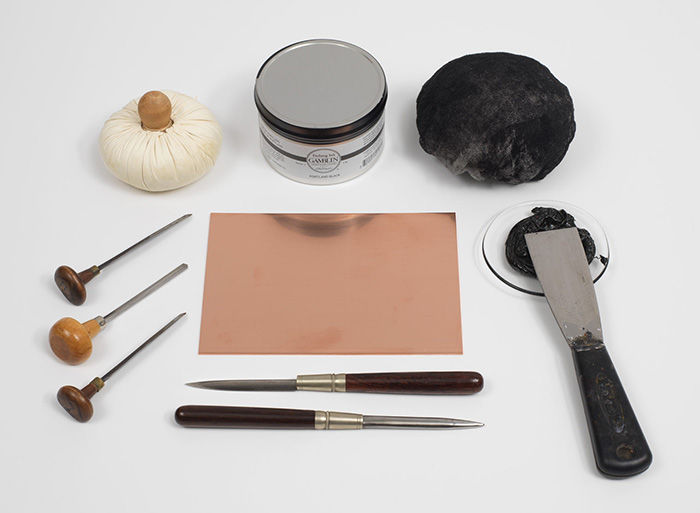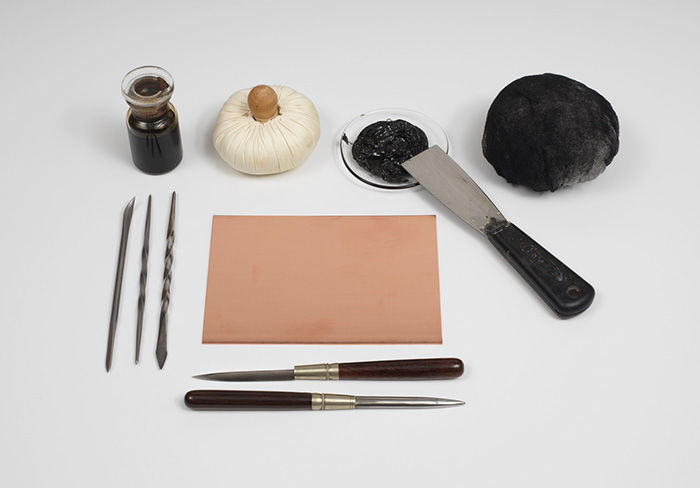Bird of Washington or Great American Sea Eagle. Falco Washingtoniensis [current name: Bald Eagle. Haliaeetus leucocephalus], printing plate for "The Birds of America," 1827–38, plate XI
After John James Audubon American, born Haiti
Etched and aquatinted by Robert Havell Jr. American, born England
Not on view
Audubon believed that the bird represented here was a new species of sea eagle, but today it is identified as a juvenile male bald eagle. The artist made the related drawing (New York Historical Society) in New Orleans in 1822.
This etched, aquatinted and engraved copper plate was one of 435 used to print "The Birds of America." The Edinburgh printing shop of William Home Lizars began work on the first group of ten in the fall of 1826 until labor issues forced Audubon to change course. In 1827, he employed the London engraver and printer Robert Havell, Sr. to take over, soon joined by his son Robert Havell, Jr. The latter was an expert etcher and aquatint engraver who then managed the project after his father's retirement in 1828 through 1838, when the final group of prints were published. The following year Audubon shipped the plates across the Atlantic and stored them in a New York City warehouse. By 1852 they had been moved to a vault on the artist's Upper Manhattan property. After his death they were owned by a mining and metal business, Phelps, Dodge & Co., whose president William E. Dodge gave six to the Met in 1876. Nickel-plated to preserve the surface, with brass paint added to make the lines readable, the group was displayed in a gallery off the entrance hall at the museum's early home at 128 West 14th Street.


